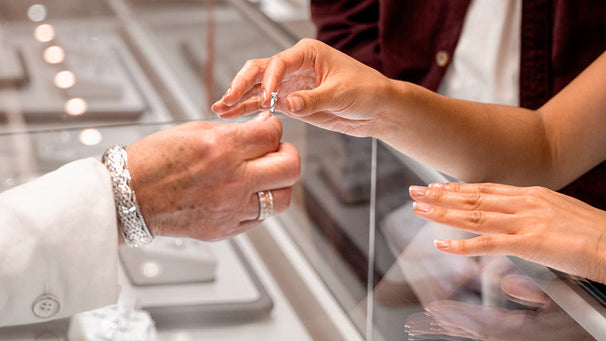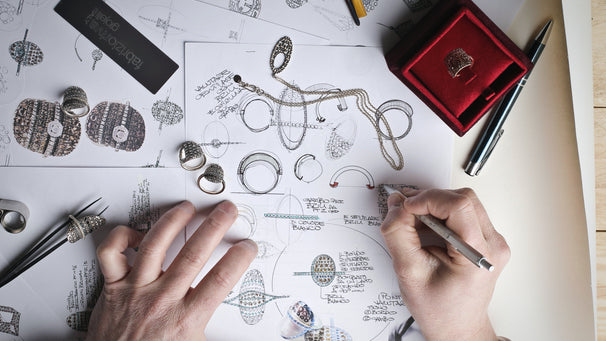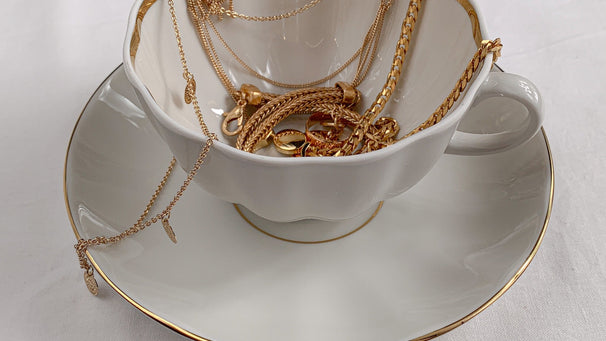Discover the cultured pearl
Pearls are the creations of living beings: mollusks, particularly oysters. When a foreign object gets inside its shell, the animal reacts by surrounding it with a protective layer called nacre.

Pearls were once the product of chance, but now they are the product of human cultivation in suitable regions of the world. The quality and value of a cultured pearl is determined by several criteria: its diameter, its luster (= shine), its color, its surface area, the thickness of its pearl layer, and its shape.

The Japanese Akoya cultured pearl
The first pearls to be cultivated by humans, Akoya pearls (from the Japanese meaning "from the sea") are renowned for their impeccable quality. The shallow waters of the Japanese islands provide ideal conditions for their cultivation.
Mostly white with pinkish highlights, there are some with more creamy shades.

The freshwater cultured pearl
Chinese pearls, due to their diverse shapes and sizes, are very popular. Cultivated in the freshwater lakes of China, they have a thick layer of pearl, which gives them a beautiful natural luster. And what about the range of colors associated with Chinese pearls: pink, salmon, purple, there's no shortage of shades.

The South Sea cultured pearl
South Sea pearls, mainly from Australia, Burma, and the Philippines, enrich the family of clear pearls; the hues range from silvery white to the purest gold, including shades of cream, gold, green, and yellow. Made up of a thick mantle that retains color, luster, and orient, they are highly prized.

The Tahitian cultured pearl
The Tahitian pearl, cultivated in the Polynesian atolls, is renowned for its exceptional quality and its infinite color palette, ranging from light gray to anthracite black. Its subtle reflections of blue, pink, and green give it its unique and natural character. Its diameter, ranging from over 8 mm to 15 mm, makes it a prestigious and rare gem.


